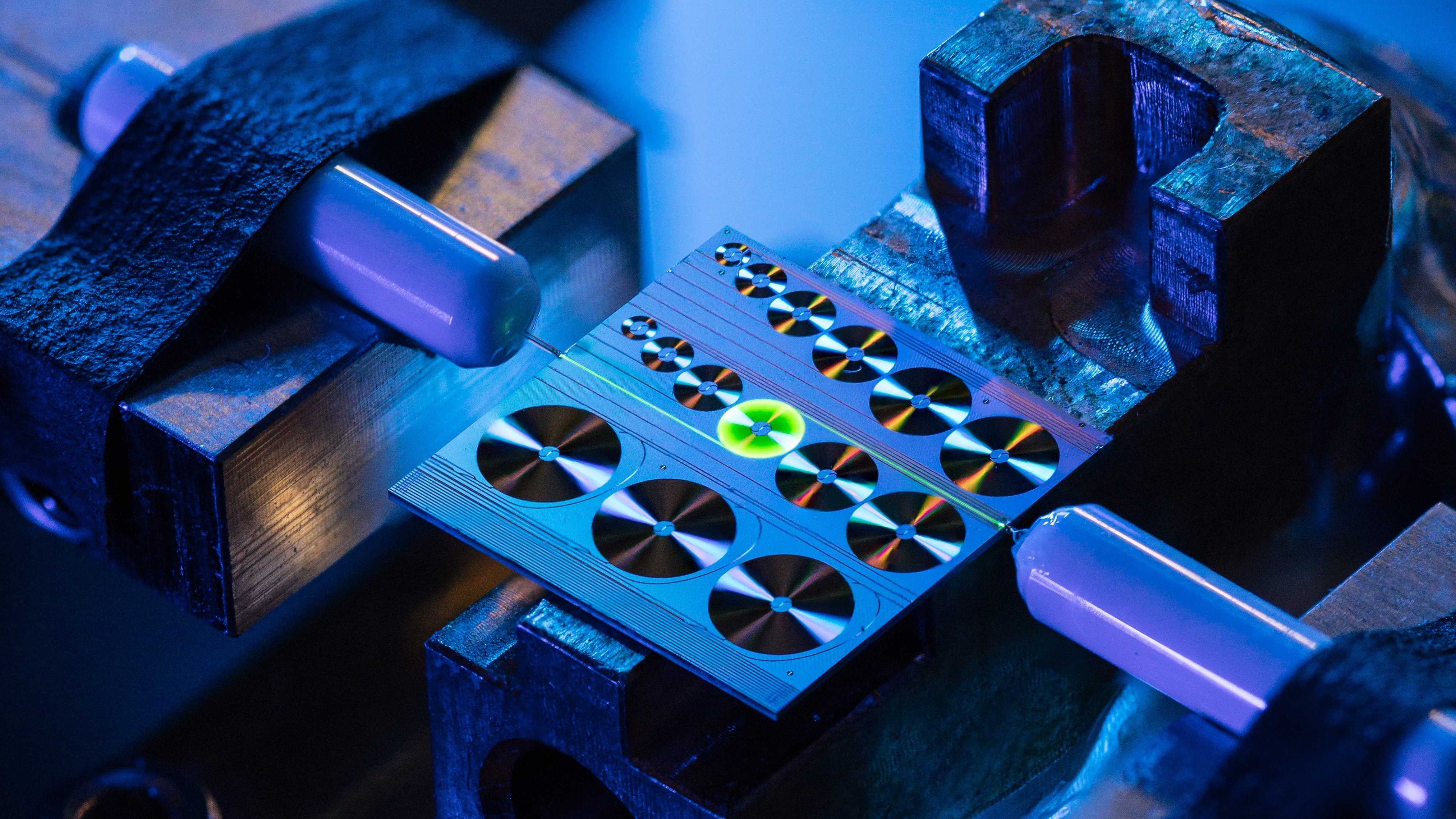Erbium-doped fiber amplifiers have revolutionized long-haul optical communications and exhibit several attractive properties, including temperature insensitivity, slow gain dynamics that lead to negligible inter-channel cross-talk, crucial for amplifying DWD signals, and a low noise figure. Erbium ions could equally provide a basis for efficient optical amplification in photonic integrated circuits. Indeed, research two decades ago tried to create integrated waveguide-based amplifiers, but these attempts were abandoned due to too large background loss. Over the past decades, interest has been renewed, but the approach has, thus far, remained impractical due to insufficient output power and too large waveguide losses. Kippenberg’s laboratory at EPFL has recently overcome this challenge and demonstrated a photonic integrated circuit-based erbium amplifier reaching 145 mW output power and more than 30 dB small-signal gain – on par with commercial fiber amplifiers. This was achieved by applying ion implantation to recently emerged ultralow-loss Si3N4 photonic integrated circuits that have propagation losses below 3 dB/m. The technique enables scalable manufacturing of EDWA with low noise figure, that are compact and space irradiation resistant. The aim of this project is to create a fully integrated device that includes a pump laser (chip on carrier) and EDWA die in a single 14-pin package - a device that could be used as pre-amplifier in satellite to sattelite communications. The project will be carried out by DEEPLIGHT and the overarching aims is to bring this disruptive technology to the market.

